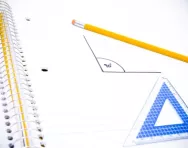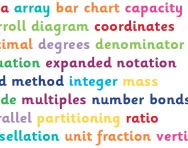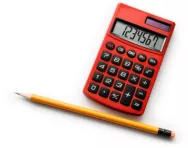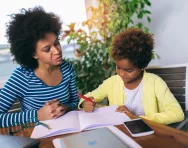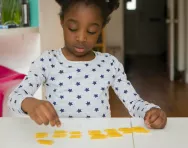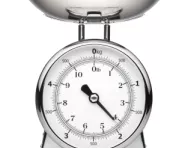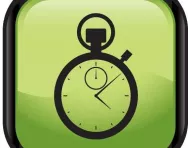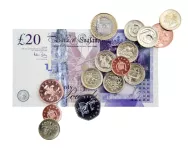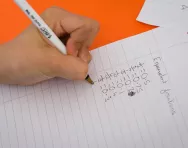TheSchoolRun.com closure date
As we informed you a few months ago, TheSchoolRun has had to make the difficult decision to close due to financial pressures and the company has now ceased trading. We had hoped to keep our content available through a partnership with another educational provider, but this provider has since withdrawn from the agreement.
As a result, we now have to permanently close TheSchoolRun.com. However, to give subscribers time to download any content they’d like to keep, we will keep the website open until 31st July 2025. After this date, the site will be taken down and there will be no further access to any resources. We strongly encourage you to download and save any resources you think you may want to use in the future.
In particular, we suggest downloading:
- Learning packs
- All the worksheets from the 11+ programme, if you are following this with your child
- Complete Learning Journey programmes (the packs below include all 40 worksheets for each programme)
You should already have received 16 primary school eBooks (worth £108.84) to download and keep. If you haven’t received these, please contact us at [email protected] before 31st July 2025, and we will send them to you.
We are very sorry that there is no way to continue offering access to resources and sincerely apologise for the inconvenience caused.
What your child learns in KS2 maths curriculum
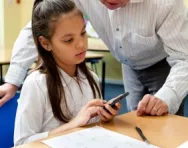
During KS2 children become much more confident with maths: they are adding, subtracting, multiplying and dividing, as well as doing mental calculations and solving problems using time, measure or money.
By the end of Year 6 the children should have a secure grasp of their times tables up to 12.
What your child will learn in KS2 maths:
- Prime numbers less than 100
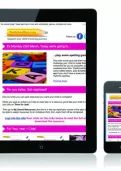
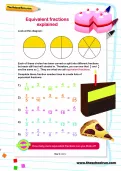
Boost Your Child's Learning Today!
- Start your child on a tailored learning programme
- Get weekly English & maths resources sent direct to your inbox
- Keep your child's learning on track
- Cube numbers (taught in Year 6 from September 2015)
- All the times tables up to 12x12
- Add, subtract, divide and multiply numbers of up to four digits
- Know equivalents between decimals, fractions and percentages
- Ratio and proportion
- Basic algebra (taught in Year 6 from September 2015)
- Problems involving decimals, fractions and percentages
- Use of brackets, including BODMAS
- Read and plot coordinates
- Measure and draw acute, obtuse, reflex and right angles
- Calculate the sum of angles around a point, on a straight line and (only in Year 6 from 2015) in a triangle and quadrilateral
- Rotation, reflection and translation of shapes (rotation will no longer be taught under the new curriculum from September 2015)
- Convert units of measurement
- Tell the time from a 12- or 24-hour clock and calculate time intervals
- Draw and interpret line graphs, bar charts, pie charts and pictograms
- Calculate the mean, median and mode average, plus the range (from September 2015, only the mean will be taught, in Year 6)
- Understand probability (until September 2015)
